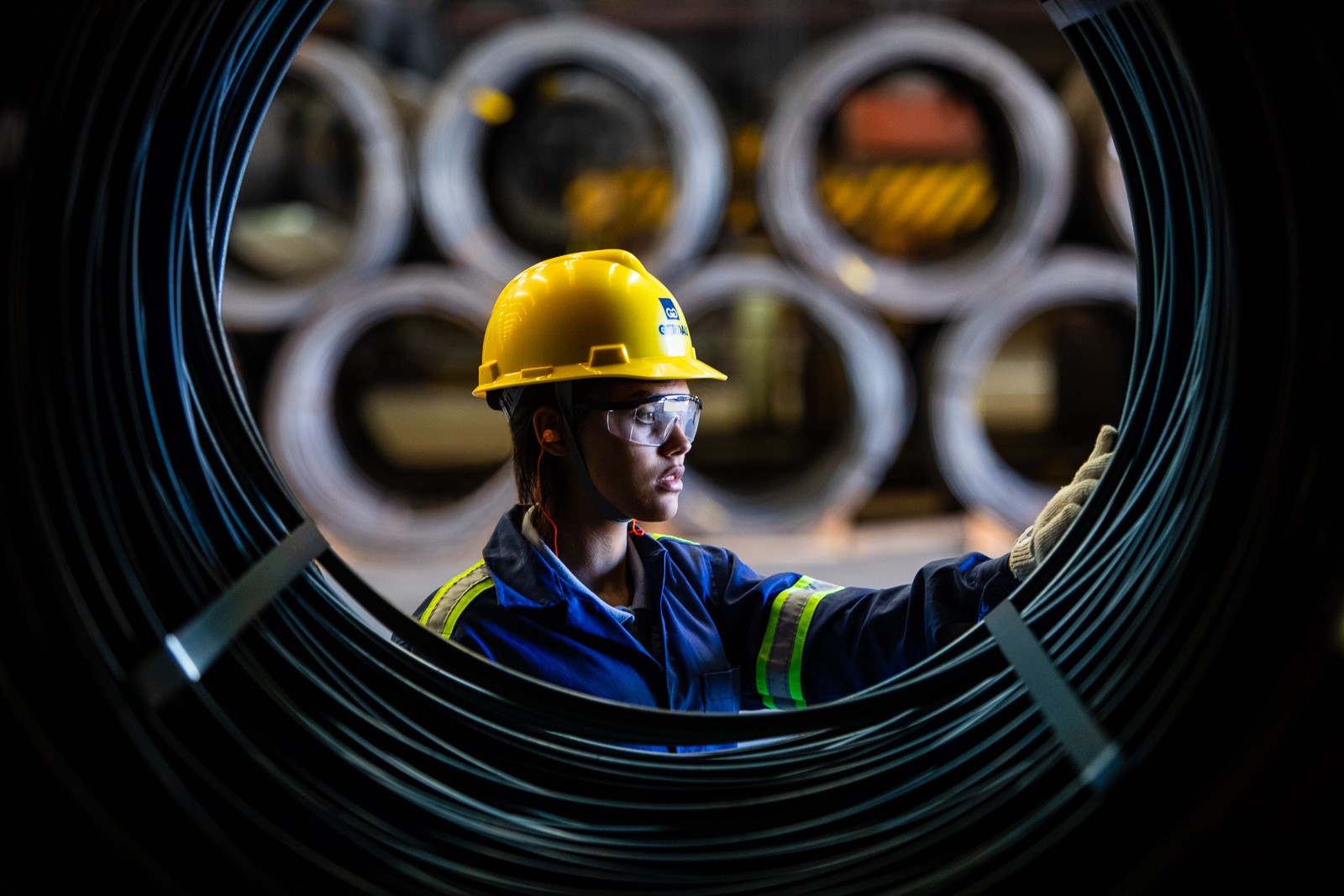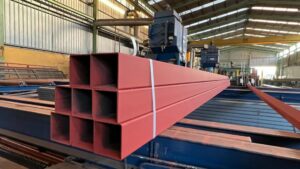Steel inventories held by traders in northern, eastern and southern China as of early April have remained high compared with levels during the same 2019 period, indicating that there has been no shortage of steel supply, despite the output cuts in Tangshan. Furthermore, China’s crude steel output is likely to rebound in April, from late March, incentivized by high steel profits.
China’s economic activities were nearly suspended over January-April 2020 due to nationwide COVID-19 related lockdowns, so early 2019 statistics present a more meaningful comparison.
On April 7, long steel inventories in southern Guangzhou and northern Beijing were 4% and 67% higher than the same 2019 period, although stocks had already dropped 20% and 24% from peak levels in early March, according to local traders. The inventories comprise mainly rebar and wire rod.
In early April, rebar inventories in eastern Hangzhou were 54% higher than in the same period of 2019, despite a 12% drop from early March, local traders said.
Meanwhile, hot-rolled coil inventories in eastern Shanghai, an indicator of the flat steel market, were 13% higher than in early April 2019. HRC inventories in southern Lecong are currently about 7% lower from early April 2019, but local traders said new arrivals had kept coming, so there were no concerns about supply shortages.
Market sources said Tangshan city’s steel output cuts had tightened billet supply to local rolling mills, but overall steel supply in the Chinese steel market had remained sufficient. Moreover, they expected China’s steel supply to increase in April on both a monthly and yearly basis, as utilization rates of pig iron and steel making capacity outside of Tangshan has been rising quickly since early April given the boost from healthy profit margins.
China’s domestic rebar and HRC margins reached a two-year high of $117.90/mt and $138/mt in April, according to S&P Global Platts Analytics.
Some of the market sources said besides the seasonally strong demand, the main reason behind the current increase in Chinese steel prices was market anticipation that steel output cuts were likely to be extended beyond Tangshan in a bid to achieve the Chinese government’s target of reducing steel production in 2021.
However, if utilization rates of China’s blast furnaces outside of Tangshan are lifted to around 90% in April, an additional 10 million mt/year of pig iron capacity would need to be suspended to get China’s annualized pig iron production rates below last year’s level, Platts Analytics’ estimates showed. If utilization rates reached as high as 95%, then an additional 60 million mt/year of pig iron capacity would need to be taken offline.
— Analyst Jing Zhang






